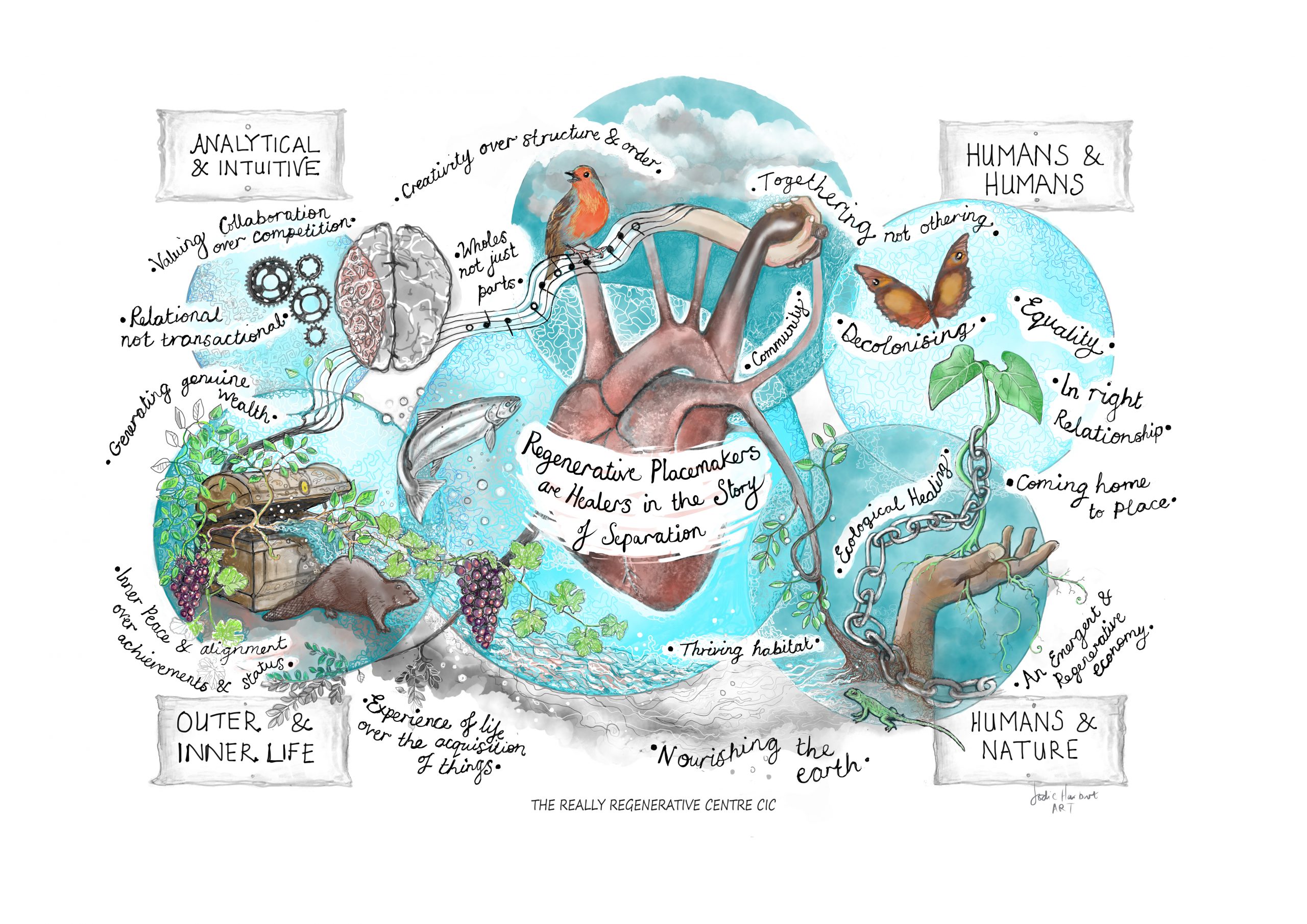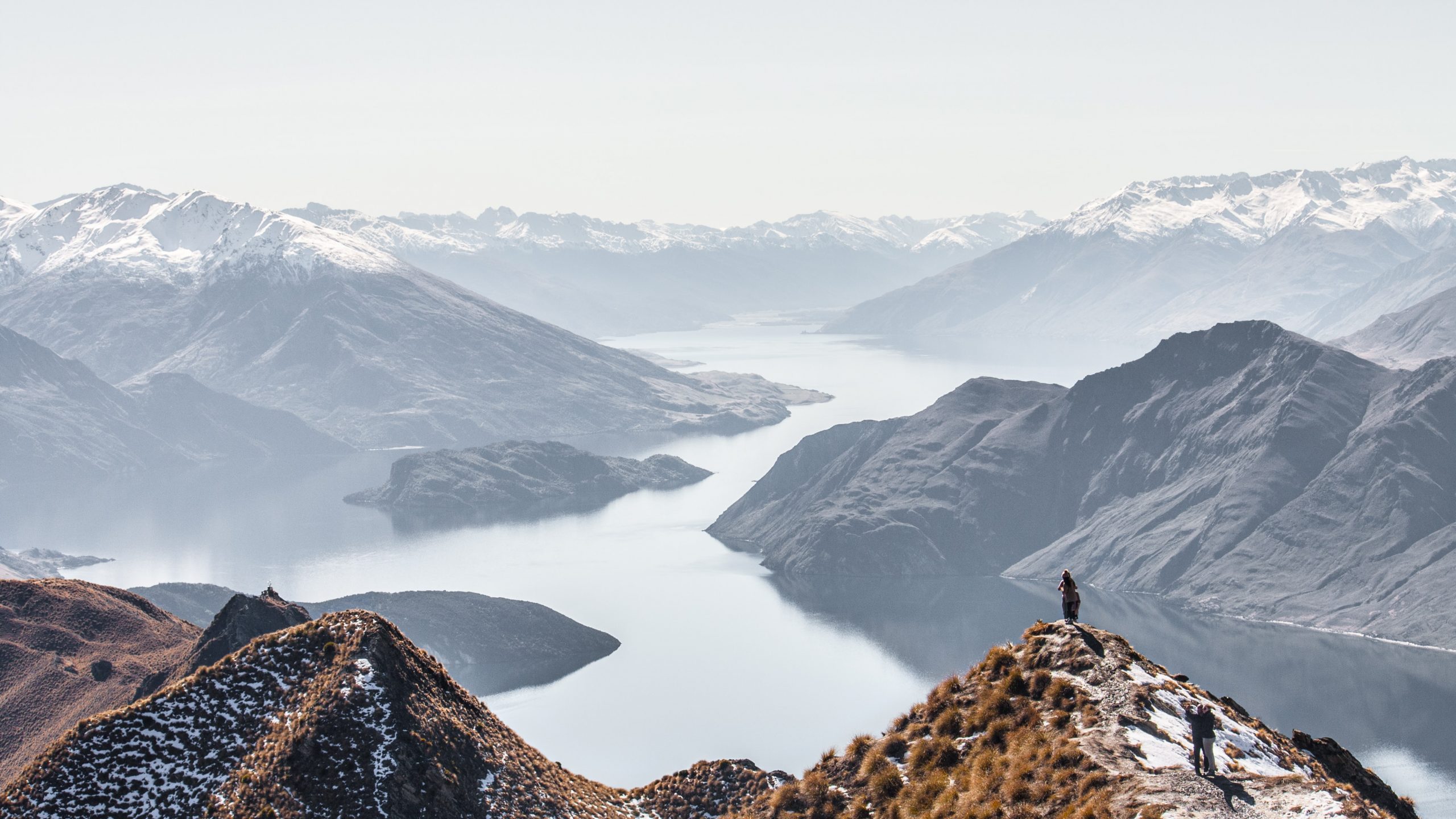Regenerative Tourism
Healing the gap between visitor and host
Design Developmental Experiences
A Unique Bio-Cultural Story
HOW DO WE CREATE REGENERATIVE TOURISM DESTINATIONS?
One of the industries that has been most affected by the covid19 pandemic is the tourism industry. Previously one of the world’s biggest contributors to GDP, overnight cruise ships weighed anchor, hotels closed, flights were grounded. The entire infrastructure of global tourism came to a halt. Although the infrastructure of tourism that moves people from one place to another has a huge impact in itself on the stability of our planetary ecosystem, this article focuses most on the places they arrive at and the how to increase the potential of people and place in each destination.
In tourism, the existing economic model for destination management is numeric and quantitative. The destination manager’s aim is to grow footfall, per capita spending, contribution to GDP, and increase jobs. There is very little consideration given to the needs, impact on or benefits to the local host population, and there are no measurement systems in place to look at the potential for increasing the wellbeing of the people and businesses in a destination. As a strategy, you could argue that increasing visitor numbers has been enormously successful, but it has left a legacy system which regenerative tourism specialist Anna Pollock describes as one in which destination managers have to work with a (mal)adpative mix of brands, venues, amenities, agencies, people and businesses, which exert a significant impact on the local environment and infrastructure.
What would tourism, designed as a regenerative living system that considers the deliberate development of potential for people and place look like?
Designing for a Different Kind of Growth
If we recognise that the existing tourism system based on footfall and GDP is having a deleterious impact on people and planet and it isn’t in fact increasing the wellbeing of people or the flourishing of other life in place, we have to first imagine a different kind of system, a different kind of visitor economy. An economy that considers a different vision of what growth is and measures different values that can replace volume growth.
A living system is made up of many different species that contribute to their own growth, to that of others and to the overall health of the whole system, creating resilience, adaptability, and sustainable growth. That indicates that we need to consider what it would take for all the contributors to the visitor economy to thrive and contribute so that a net benefit to themselves and their place is achieved.
A regenerative economy means developing an operating model that optimises benefits to all stakeholders instead of maximising the benefits to a few shareholders. This means the needs of the individual (employee), business, community and environment must all be met within a design which is in balance with the natural environment. It means moving from volume to value and quantity to quality.
Valuable questions to begin with include:-
- What would it mean for all people in this place to thrive?
- What would it mean this place to thrive in partnership with its natural habitat?
- What would it mean for this place to respect the wellbeing of people worldwide?
- What would it mean for this place to respect the wellbeing and health of the ecosystem, bioregion and whole planet?
Designing for a different kind of growth also means setting very different metrics to measure qualitative regenerative value. Elke Dens of Visit Flanders is one of the pioneers of regenerative tourism. She’s been a champion of a shift in paradigm towards an “economy of meaning” where economic growth is no longer the ultimate goal, but flourishing for all contributors, is.
At Visit Flanders for some years they have been consulting with the whole host community to gradually change the offer of the region from a quantitative to qualitative model, measuring the wellbeing of the hosts and visitors in the economy.
The recent Van Eyck exhibition in Ghent during the covid19 lockdown was a great success It incorporated a ‘Museum at Home’ with interviews with curators and online tours for those people who couldn’t visit, and an experience for those who could which research showed was completely enhanced. Although they wore masks and had to queue, the additional space to contemplate and enjoy in a less crowded environment where lines in front of exhibits are often 10 deep, was clearly appreciated.
It also means bringing the whole community together that contributes to the visitor economy and working together to lift up a new vision that delivers a much more compassionate, caring and connective experience that offers regenerative value to both host and visitor, and lifts up the potential for all life to flourish in place. We have lost sight of the potential for tourism to activate the highest human values; to offer the opportunity for connection that we are wired to deeply desire, and to offer a change to develop, deepen and evolve our experience of the world to a more inclusive, compassionate and caring learning journey; to be able to contribute to a meaningful future for all ilfe, and to lift up our potential to be good ancestors.
We need to create collectives or guilds that encompass all the ‘capitals’ represented in our place; natural, social, economic, financial, and human, with rotating representation from different stakeholders in a self-organising, co-creative system that continually refreshes and evolves according to the developing needs of the community of practice in its place.
Visit Flanders is once again a great example here. Elke Dens has been a key advocate for the inclusion of the local community. Visit Flanders works within a virtuous circle found at the nexus of visitors, local residents and business owners who are recognised as hosts, with an aim to develop its unique potential and contribute to the health of the whole. “The goal of flourishing is a critical aspect of regenerative travel that is a quantum leap beyond sustainability. ‘Flourishing’ is a term developed both in positive psychology for human beings and in ecology for all life forms. It therefore has both a human/psychological/well-being/performance dimension and an ecological, systems health dimension. It is easy to understand when you talk to people.”
What can destination managers aim to do?
- facilitate the expression of the unique bio-cultural potential and story of your place, involving all the host stakeholder groups, giving the voice of nature a chair at the table
- create a new framework for growth that is not dependent on footfall and GDP
- explore and lobby for new funding models that match the new framework
- set up measurement metrics that account for the thrivability of people and nature in place, and the impact on people and nature in the nested system
- involve the whole community in developing this qualitative model through inclusive, self-organising guilds
- co-creatively develop a future state vision towards which to work, designing adaptability and agility into the journey towards the future


Designing Collaborative Community
We’ve seen that living systems are collaborative and strive for mutual wellbeing for all living beings in the system, and the system itself. In a destination this means finding ways to allow the whole local community – all the stakeholders – to come together and express their own vision and needs for the economy. Working together in community together to image a future vision where people and place, visitors and the wider environment also thrive, often means developing new skills and qualities. It means actively choosing to design and environment in which both hosts and visitors have the opportunity to learn and develop, together.
READ MORE
Designing Developmental Experiences
Encounters in nature are joyful, mutual and meaningful in every sense of the word. What has often been presented to us as ‘raw in tooth and claw’ in nature programmes, is never without meaning for the ecosystem we are watching. The migration of the wildebeest herds across the Serengeti are meaningful for the grasslands of both the Seregenti and the Mara as the herds provide nutrients to the soil as the travel, food for other predators like crocodiles, lions and cheetahs. The flight of penguins from a hungry sea lion is nature’s way of keeping a balance of species in an ecosystem.
READ MORE

A Bio-Culturally Unique Story of Place
At the heart of a regenerative economy is a new expression of what it means to be here. Here on the only planet we know in space and time that has the gift of life. Here in our place, our destination which has a unique potential to express its biology, ecology, geology and culture in an invitation to visitors from hosts that is rich with compassion and bubbling with revitalised life.
This requires a new and novel understanding of our place. Of what is truly unique about us, and not a homogenous mix of global imperatives. It requires us to much more deeply understand who and what we are. To look at the patterns of place over time and age to know the indigenousness that is solely the perquisite of here. To sense into what the soul of this place wants to express and offer to the world.
READ MORE

